Director Sam Green, Sound Designer Mark Mangini on the Power of Immersive Doc ‘32 Sounds’
- Oops!Something went wrong.Please try again later.
- Oops!Something went wrong.Please try again later.

One may think filmmaker Sam Green’s 32 Sounds is aimed at the sound community, but with his immersive exploration of the noises we hear, Green says he hopes to reach general audiences and inspire them to “hear the world in a different way.”
Sound designer Mark Mangini feels the same way, pointing to the narrative power of sound — for instance, the voice of Green’s late brother, preserved on an old answering machine. “That’s a very powerful moment in the movie for us,” says Mangini of the emotional segment during which Green listens to this recording. “We think that helps audiences connect with a vital aspect of their lives that they aren’t really aware of.”
More from The Hollywood Reporter
Greta Gerwig's 'Barbie' Led a Banner Year for Female Writers and Directors
Oscars Telecast to Start Earlier Than Ever in 2024, Followed by 'Abbott Elementary'
32 Sounds begins with Green and composer JD Samson speaking directly to viewers before proceeding on a journey through the auditory world, from the aforementioned answering machine recording to the work of Foley artist Joanna Fang — and of course, through music.
Uniquely, this doc can be experienced not just by viewing in a theater or at home, but also through live presentations hosted by Green. “For the past decade, I’ve made documentary films that are performed live. I’ll narrate in person and a musical group does the soundtrack live while the movie’s on the screen,” says Green, an Oscar nominee for 2004’s The Weather Underground. “I would narrate, JD would play the soundtrack, and everybody [wore] headphones. It’s an interactive, live-cinema piece. But then Film Forum got in touch with me in New York.” This led to the film release by distributor Abramorama.
Early on, Green enlisted supervising sound editor, designer and rerecording mixer Mangini, who has Oscars for Mad Max: Fury Road and Dune. They decided to employ binaural recording —
stereo recording with two mics.
“Generally, documentaries go out with a camera and a shotgun microphone — a mono single channel source audio — to capture an immersive world,” says Mangini. “We listen in 360 degrees. Why do documentaries not honor that by capturing an immersive sound? Sam really responded to that idea. From the point I came on, he started shooting with that binaural dummy head and with ambisonic microphones to capture a full 360-degree environment.”
Green has been traveling with 32 Sounds for more than a year, speaking with audiences about the way sound is perceived. For Mangini, a favorite part of the film is a segment about dance. “We crank up the subwoofer and encourage everyone to get out of their seats,” he says. “That’s the most joyous moment of the movie, seeing people actually get out of their chairs and dance in the aisles.”
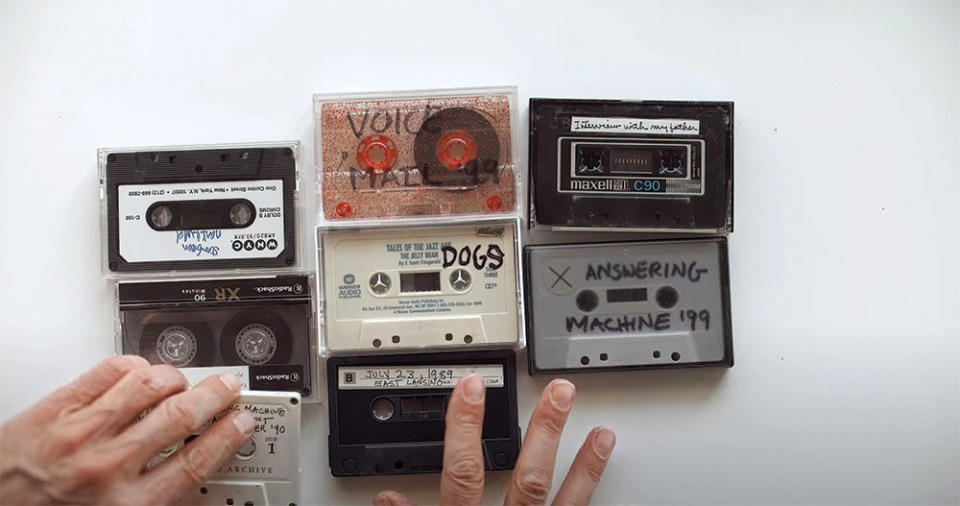
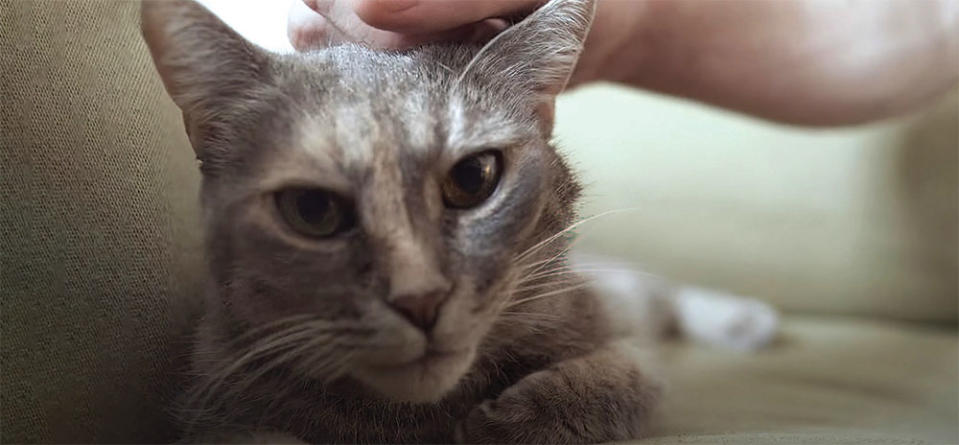
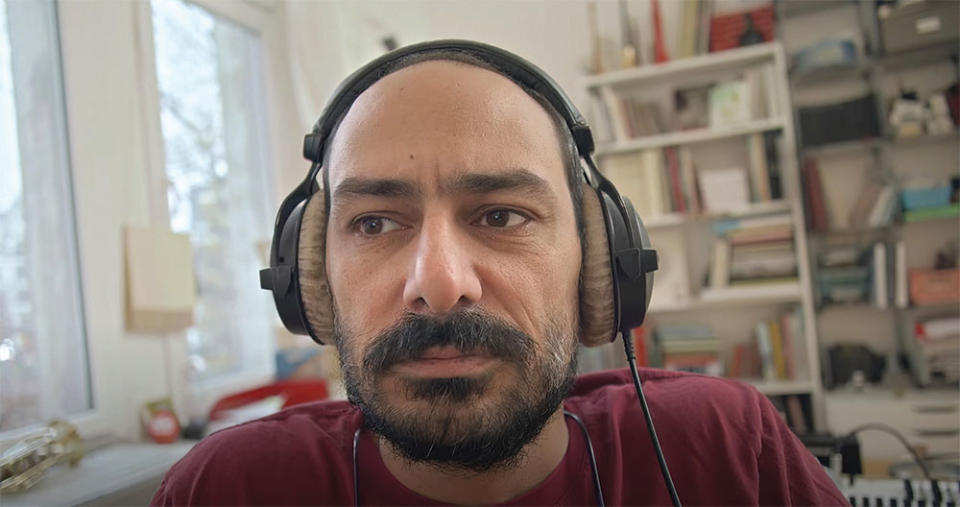
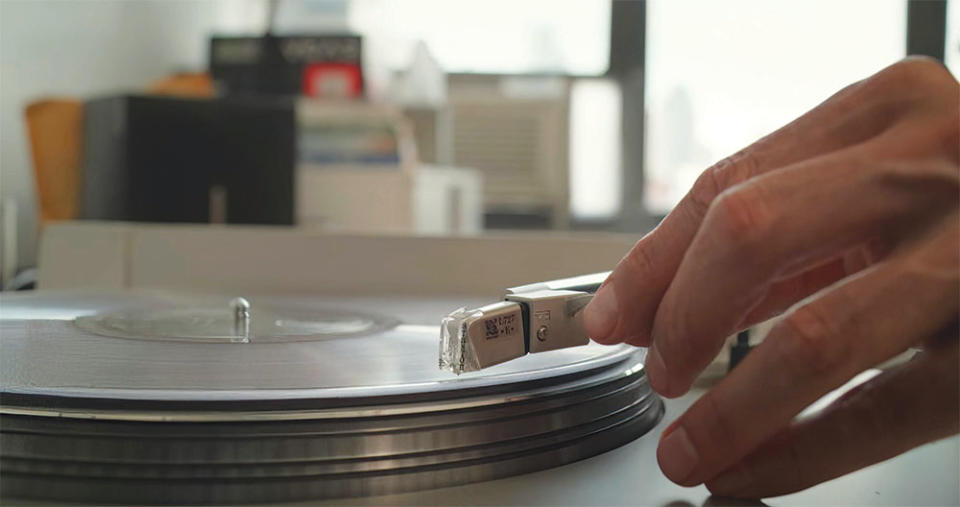
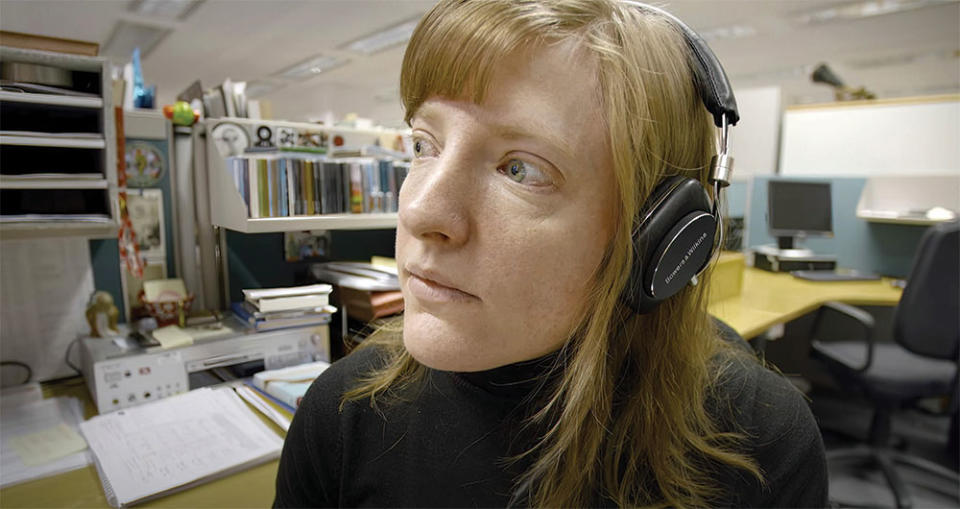
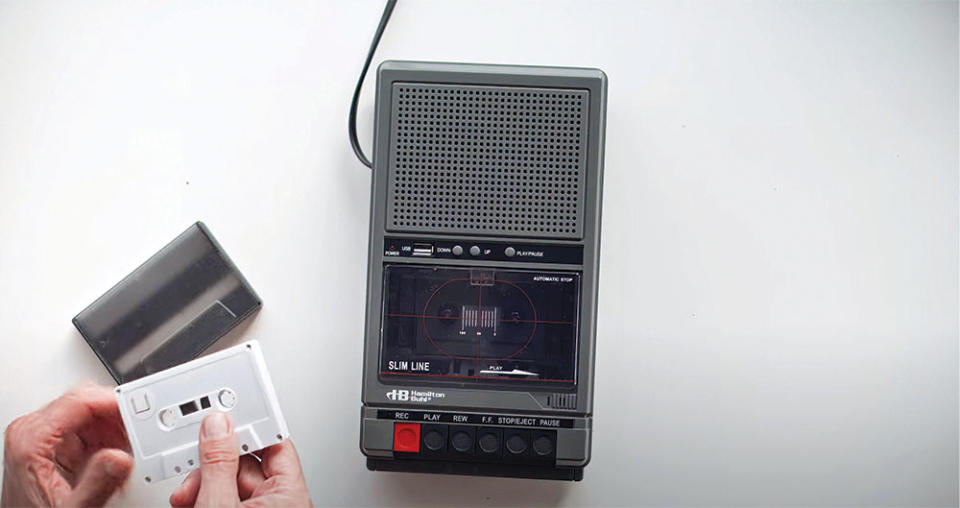
This story first appeared in a November standalone issue of The Hollywood Reporter magazine. Click here to subscribe.
Best of The Hollywood Reporter

